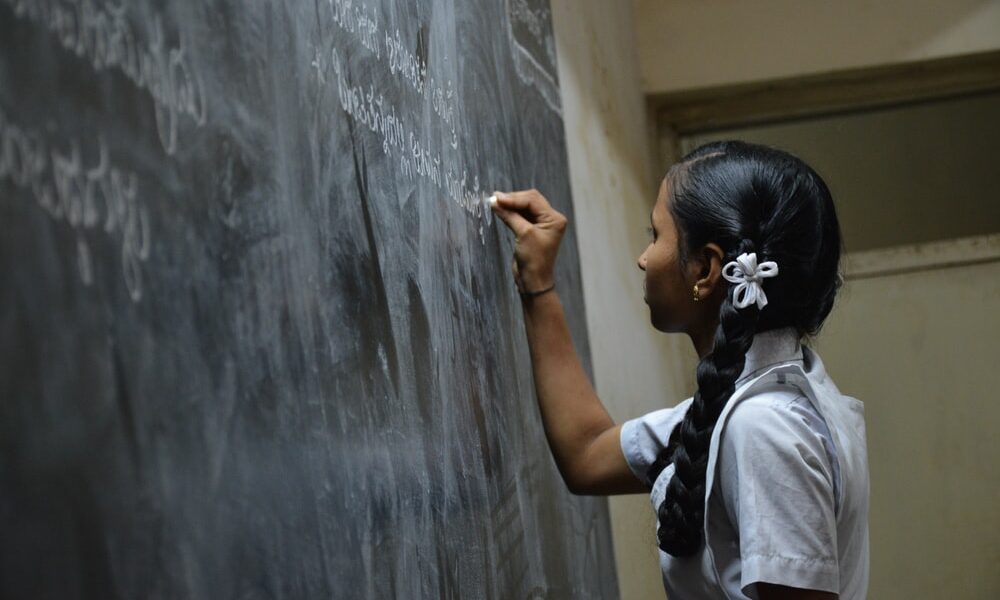Recent events have opened the eyes of the United States to a very pressing issue; systemic racism that has continued for centuries. Calls to defund and abolish the police bring attention to racism in the criminal justice system. However, the legal system isn’t the only system in the USA that shows a disproportionate amount of bias against people of color. The education and child welfare system show how racism is directed at and taught to children from a very young age.
Discrimination in the education system didn’t end after Brown v. Board of Education.
The day the Supreme Court ruled out segregated schools was a law that was only enforced on paper. For years afterward, schools across the United States continued to stay segregated against Black children and other minority groups. It actually took until 2016 for the law to go into effect across the entire USA; one segregated school system in Cleveland, Mississipi remained standing until four years ago. To this day, there are massive disparities in the funding and access to resources and reliable educators that continue to oppress children of color, especially Black and Latinx students in their education. Statistics show that schools with a greater population of Black, Latinx, and Native American students would receive $1800 less from state or local funding than predominantly white schools. 31% of on-campus offenses are made by Black students, despite making up only 16% of the student population. Black students are also four times more likely to be expelled than their white counterparts. Schools that are made up predominantly by minorities tend to be found in poorer parts of cities and thus receive less funding, cheaper material, and unreliable teachers.
Racism is so ingrained in our system that it’s included in the curriculum.
U.S. History is heavily whitewashed and often leaves out or romanticizes the struggles of minorities. For example, one textbook from North Carolina claimed that children born into slavery “were allowed all the freedom they want… At the holiday season, they were almost as free as their masters”. Multiple textbooks describe slavery as an almost peaceful, mutual agreement and leave out entirely major events for minorities in the history of the United States. The history of Chinese Americans, Latinx, and Native American people, just to name a few, is skimmed over in curriculums across the United States. Over half of teachers in the United States expressed disapproval with the nation’s portrayal of slavery in the curriculum, which is also proved through students’ understanding of the subject. In one study, only 8 percent of high school seniors polled correctly identified that slavery was the catalyst to the Civil War. 12 percent of students were aware that slavery was still important to economy in the North at that time, and 22 percent understood that the Constitution benefitted slaveowners.
However, it’s not just history textbooks that show a racist curriculum. One school in Georgia posed a math question in the form of “If Federick got two beatings every day, how many beatings did he get in one week?” These cases continued to thrive in the 21st century – years and years after slavery was abolished. Because the education system does not teach children about the actual history of the United States, children grow up having a very incomplete and whitewashed idea of the USA.
Children are never too young to learn hatred.
Before kids even reach their first year of life, racial bias can set in instinctively. Studies show that babies at three months of age started to show preferences towards people that looked like them, often identifying familiar faces solely through race. Similarly, babies who are six months old also show preferences towards people who speak their native language. Because children are so suseptible to environmental influences, this means that even toddlers can develop very serious and harmful stereotypes. In one study, Black girls were shown dolls of different skin colors and were asked which ones appeared more attractive to girls their age. The majority of them said that lighter-toned dolls were more attractive. Another system where racial discrimination is obvious to children is the child welfare system. 36.6 percent of the children in the welfare system are Black, but they only make up 15.1 percent of the entire American population. Native American children suffer similar numbers, as they are six times more likely to spend over two years in the foster care system as opposed to white children. Children from minorities are also much more likely to be referred to CPS (Child Protective Services) than white children, showing that foster families tend to have abusive and harmful stereotypes towards children of color. The USA also has a long history of trying to convert or change children of colors, especially Native American children, who were subject to cruel boarding schools where they were forced to give up their native languages and mold themselves into proper “American children”.
It’s time for us to stop this cycle of racism.
Just as children are never to young to form bias, they are never too young to be taught anti-racism and how to actively combat discrimination. There are many children’s books that address racism at an age-appriopriate level. Shining a light on underfunding and improper curriculums is important because we don’t want to teach our next generations old, outdated ideas. To quote Hamilton, which has recently seen a surge in popularity because of its arrival on Disney Plus, “This is not a moment//It’s a movement”. Black Lives Matter, which is so prominent in our time, is a lifelong movement that should not only be taken up by adults, but also by the youngest of our society.




